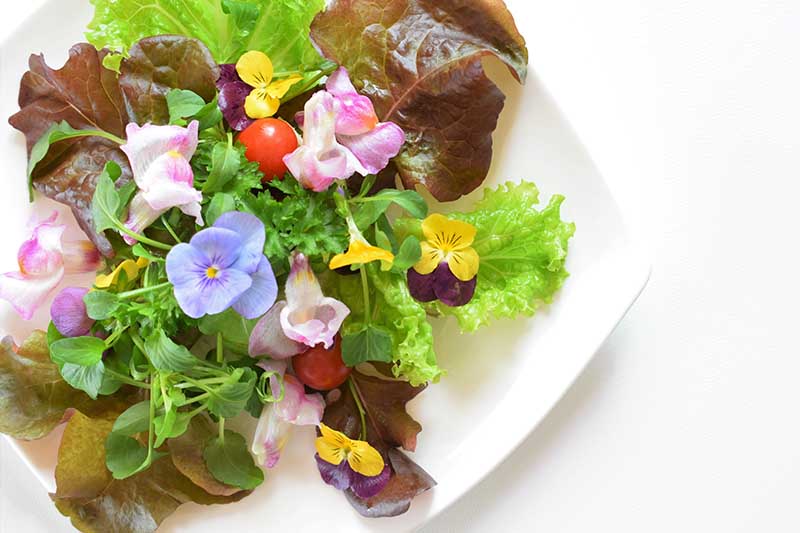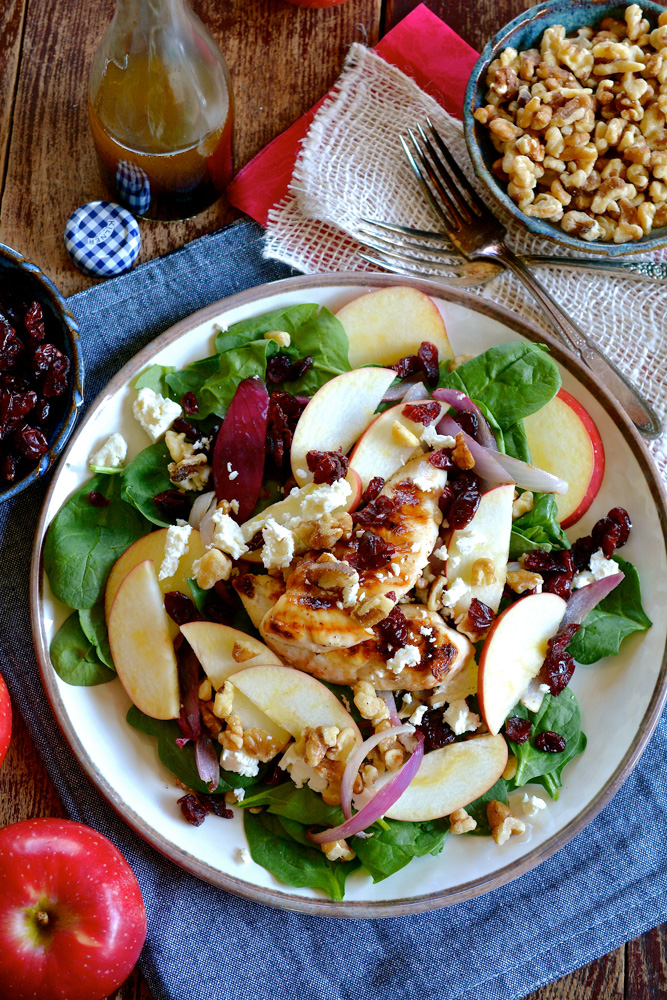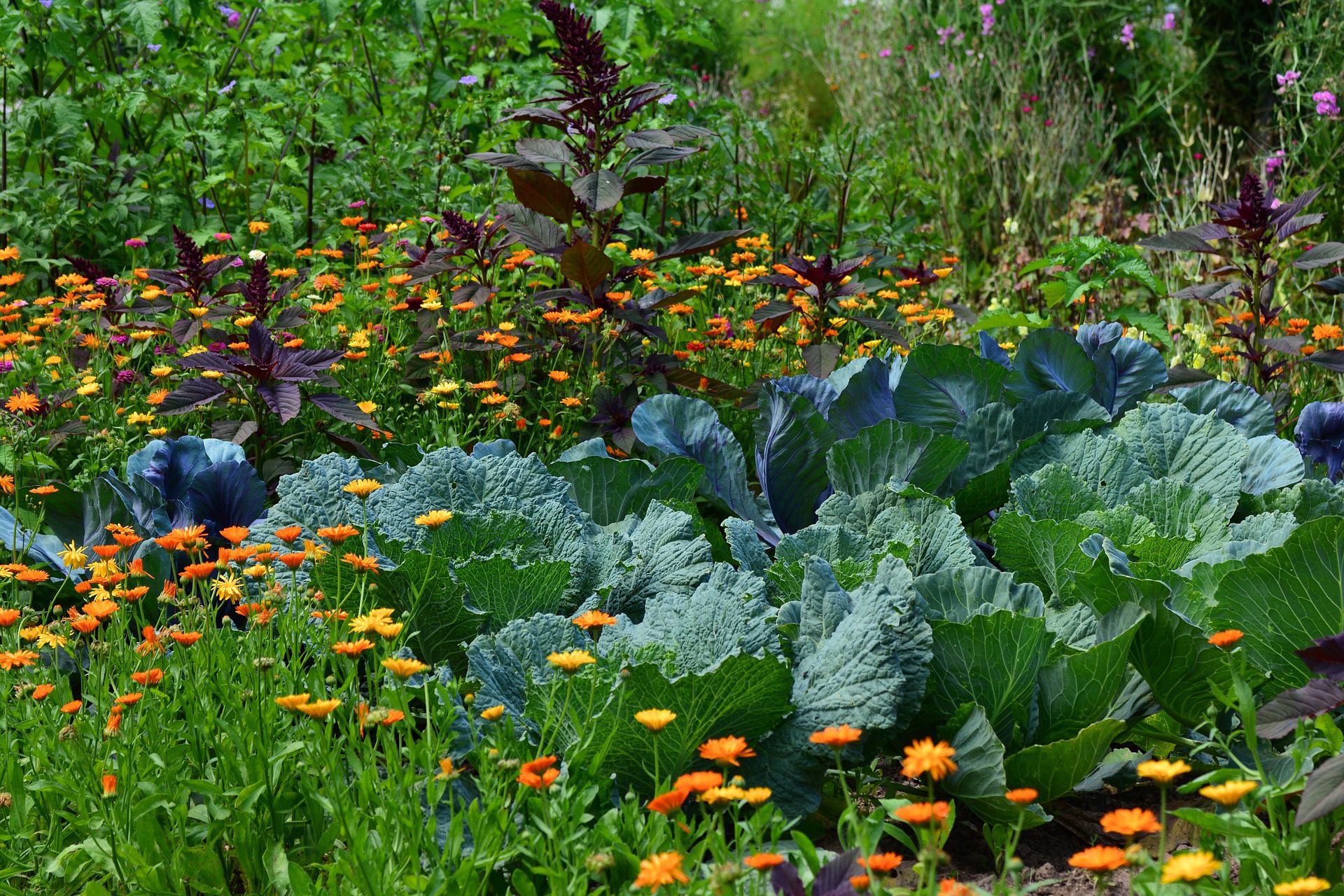Snapdragons And Vegetables: The Perfect Match
Snapdragons and Vegetables: The Perfect Match
Snapdragons and vegetables are two of the most popular plants to grow in gardens. They are both relatively easy to care for and can provide beauty and sustenance for months to come. But did you know that these two plants can actually benefit each other when they are grown together?
In this blog post, we will discuss the benefits of companion planting snapdragons and vegetables. We will also provide some tips on how to choose the right vegetables to plant with snapdragons and how to space them correctly.
Benefits of Companion Planting Snapdragons and Vegetables
There are several benefits to companion planting snapdragons and vegetables. Here are a few of the most notable:
- Disease and pest control: Snapdragons can help to deter pests from attacking vegetables. Their strong scent can repel insects such as aphids, spider mites, and whiteflies. Snapdragons can also help to attract beneficial insects such as ladybugs and lacewings, which prey on pests.
- Attracting pollinators: Snapdragons are a popular nectar source for bees, butterflies, and other pollinators. Planting snapdragons near vegetables can help to increase pollination rates, which can lead to better yields.
- Improved soil quality: Snapdragons have deep roots that can help to improve the drainage and aeration of soil. This can benefit vegetables by making nutrients more available to their roots. Snapdragons can also help to suppress weeds and improve the overall health of the soil.
- Visual appeal: Snapdragons come in a wide variety of colors, which can add visual interest to vegetable gardens. They can also be used to create borders or accent plants.
Choosing the Right Vegetables to Plant with Snapdragons
Not all vegetables are compatible with snapdragons. Some vegetables, such as tomatoes and potatoes, can attract pests that also target snapdragons. Other vegetables, such as beans and peas, can compete with snapdragons for nutrients and water.
The best vegetables to plant with snapdragons are those that have similar growing requirements and that are not susceptible to the same pests and diseases. Some good options include:
- Carrots: Carrots and snapdragons both prefer full sun and well-drained soil. They also have similar growing seasons, so they can be planted together without having to worry about one plant shading out the other.
- Lettuce: Lettuce is another low-maintenance vegetable that is compatible with snapdragons. It prefers full sun to partial shade and well-drained soil. Lettuce and snapdragons can be planted together in rows or in a mixed border.

- Peas: Peas are a cool-season vegetable that can be planted early in the spring. They prefer full sun and well-drained soil. Peas can be planted around the base of snapdragons to help suppress weeds and improve the overall health of the soil.

- Spinach: Spinach is another cool-season vegetable that is compatible with snapdragons. It prefers full sun to partial shade and well-drained soil. Spinach and snapdragons can be planted together in rows or in a mixed border.

Spacing Snapdragons and Vegetables
When planting snapdragons and vegetables together, it is important to space them correctly. Snapdragons need about 12 inches of space between plants, while vegetables such as carrots and lettuce need about 2 inches of space. If you are planting snapdragons and vegetables in a mixed border, you will need to adjust the spacing accordingly.
Conclusion
Snapdragons and vegetables can be a perfect match when they are planted together. By choosing the right vegetables and spacing them correctly, you can enjoy the beauty and benefits of both plants for months to come.
Snapdragons are beautiful flowers that can add a touch of color and elegance to any garden. But did you know that they can also be beneficial to your vegetable plants? That's right, snapdragons can help to deter pests, attract pollinators, and improve the overall health of your vegetable garden.
Some of the best companion plants for snapdragons include tomatoes, cucumbers, eggplants, and peppers. These plants all benefit from the same conditions, such as full sun and well-drained soil. Snapdragons can also help to repel pests such as aphids and whiteflies, which can damage your vegetable plants.
If you're looking to improve the health and productivity of your vegetable garden, consider planting snapdragons as companion plants. You can find more information about snapdragon companion planting at Gardenia Inspiration.
FAQ of snapdragon companion plants vegetables
- What vegetables grow well with snapdragons?
Snapdragons are a versatile flower that can be planted with a variety of vegetables. Some good companion plants for snapdragons include:
* Celery: Celery and snapdragons both attract pollinators, which can help to improve the pollination of both plants.
* Carrots: Carrots and snapdragons have similar growing requirements, and they can help to deter pests from each other.
* Lettuce: Lettuce and snapdragons can be planted together in a salad garden. The snapdragons will help to deter aphids and other pests from the lettuce.
* Peas: Peas and snapdragons can be planted together in a mixed border. The peas will help to nitrogen-fix the soil, which can benefit the snapdragons.
* Tomatoes: Snapdragons and tomatoes are both heavy feeders, so they can benefit from being planted together. The snapdragons will help to attract pollinators to the tomatoes, and the tomatoes will help to shade the snapdragons from the hot sun.
- What vegetables should not be planted with snapdragons?
There are a few vegetables that should not be planted with snapdragons, including:
* Cucumbers: Cucumbers and snapdragons are both susceptible to the same diseases, so planting them together can increase the risk of disease spread.
* Melons: Melons and snapdragons have different water needs, so planting them together can lead to one plant getting too much water and the other plant getting too little water.
* Potatoes: Potatoes and snapdragons can compete for nutrients, so planting them together can stunt the growth of both plants.
* Spinach: Spinach and snapdragons have different growing requirements, so planting them together can lead to one plant outgrowing the other.
* Squash: Squash and snapdragons are both susceptible to the same pests, so planting them together can increase the risk of pest infestation.
- What are the benefits of companion planting snapdragons with vegetables?
There are a number of benefits to companion planting snapdragons with vegetables, including:
* Attracting pollinators: Snapdragons are a favorite flower of pollinators, such as bees and butterflies. Planting snapdragons near vegetables can help to attract these pollinators, which can help to improve the pollination of the vegetables.
* Deterrent pests: Snapdragons can help to deter some pests from vegetables. For example, the strong smell of snapdragons can deter deer and rabbits from eating vegetables.
* Improving soil quality: Snapdragons can help to improve the soil quality by fixing nitrogen and adding organic matter. This can benefit the vegetables that are planted nearby.
* Creating a more attractive garden: Snapdragons are colorful and attractive flowers that can add beauty to any garden. Planting snapdragons near vegetables can create a more attractive and colorful garden.
- How far apart should snapdragons be planted from vegetables?
The distance that snapdragons should be planted from vegetables will vary depending on the size of the snapdragons and the vegetables. In general, snapdragons should be planted at least 12 inches apart from other plants. If you are planting larger snapdragons, you may need to space them even further apart.
- What are some tips for companion planting snapdragons with vegetables?
Here are a few tips for companion planting snapdragons with vegetables:
* Do your research: Before you plant any vegetables or flowers together, it is important to do your research to make sure that they are compatible. There are a number of resources available online and in libraries that can help you with this.
* Consider the size of the plants: When planting snapdragons with vegetables, it is important to consider the size of the plants. Snapdragons can grow quite tall, so you will need to make sure that they have enough space to grow. You may also need to provide them with support, such as a trellis.
* Plant in the right location: Snapdragons need full sun and well-draining soil. Make sure to plant them in a location that meets their needs.
* Water regularly: Snapdragons need regular watering, especially during hot, dry weather.
* Fertilize regularly: Snapdragons are heavy feeders, so you will need to fertilize them regularly. Use a fertilizer that is high in nitrogen and phosphorus.
Image of snapdragon companion plants vegetables
Here are 5 different images of snapdragon companion plants vegetables from pinterest.com:
- Snapdragons and tomatoes: Snapdragons can help to deter tomato hornworms, a common pest of tomatoes.

- Snapdragons and lettuce: Snapdragons can help to attract beneficial insects, such as ladybugs, which can help to control pests of lettuce.

- Snapdragons and carrots: Snapdragons can help to repel carrot flies, a common pest of carrots.

- Snapdragons and cucumbers: Snapdragons can help to attract pollinators, such as bees and butterflies, which can help to pollinate cucumbers.

- Snapdragons and beans: Snapdragons can help to improve the soil quality for beans, as they are nitrogen-fixing plants.


Post a Comment for "Snapdragons And Vegetables: The Perfect Match"